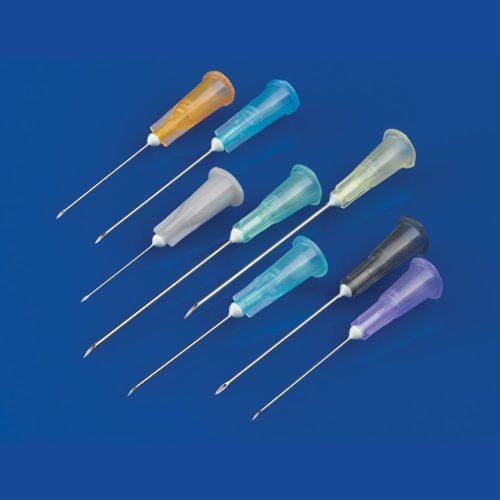The science of punctures lies at the heart of Hypodermic Needles, enabling breakthroughs in healthcare and medicine. These remarkable devices have become vital tools for delivering medications, extracting fluids, and conducting diagnostic procedures with precision and efficacy.
The discovery of the science of punctures began with the understanding of human anatomy and the need to access specific areas within the body. Hypodermic Needles, with their fine and sharp tips, were developed to penetrate the skin and underlying tissues, allowing for targeted interventions.
The design of hypodermic needles involves careful consideration of factors such as gauge, length, and bevel shape. These features influence the ease of insertion, the flow rate of fluids, and the level of patient comfort. Advances in needle manufacturing and materials have further refined their performance, enhancing sharpness, strength, and biocompatibility.
The science of punctures has also delved into the realm of pain management. Innovations like ultra-thin needles and special coatings aim to minimize discomfort during needle insertion. Additionally, research in neuroscience and anesthesia has led to the development of techniques that help mitigate pain associated with needle procedures.
Understanding the science of punctures goes beyond the physical characteristics of needles. It encompasses the study of drug delivery mechanisms, optimizing flow rates, and reducing tissue trauma. The development of needle-free technologies, such as transdermal patches and jet injectors, further expands the possibilities for non-invasive drug administration.
Advancements in imaging technologies, such as ultrasound guidance, have also played a significant role in the science of punctures. These tools allow healthcare professionals to visualize Hypodermic Needles placement in real-time, improving accuracy and reducing the risk of complications.
Read more- http://thrillfillerblog.weebly.com/article/hypodermic-needles-the-needles-impact-on-public-health
